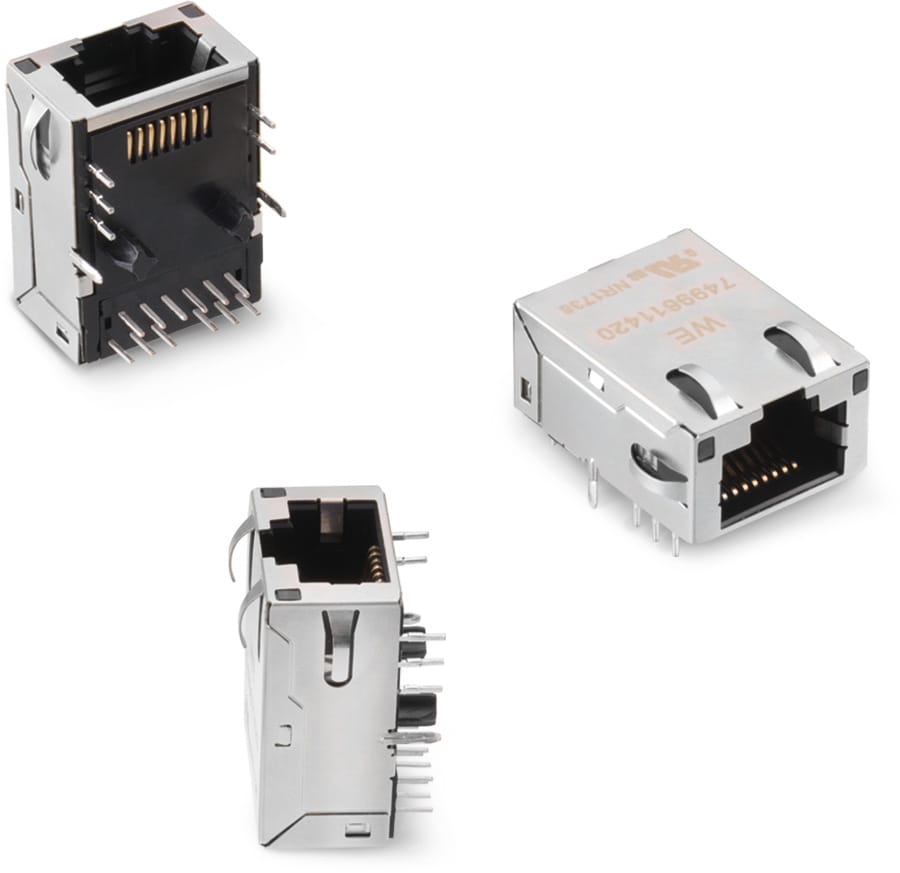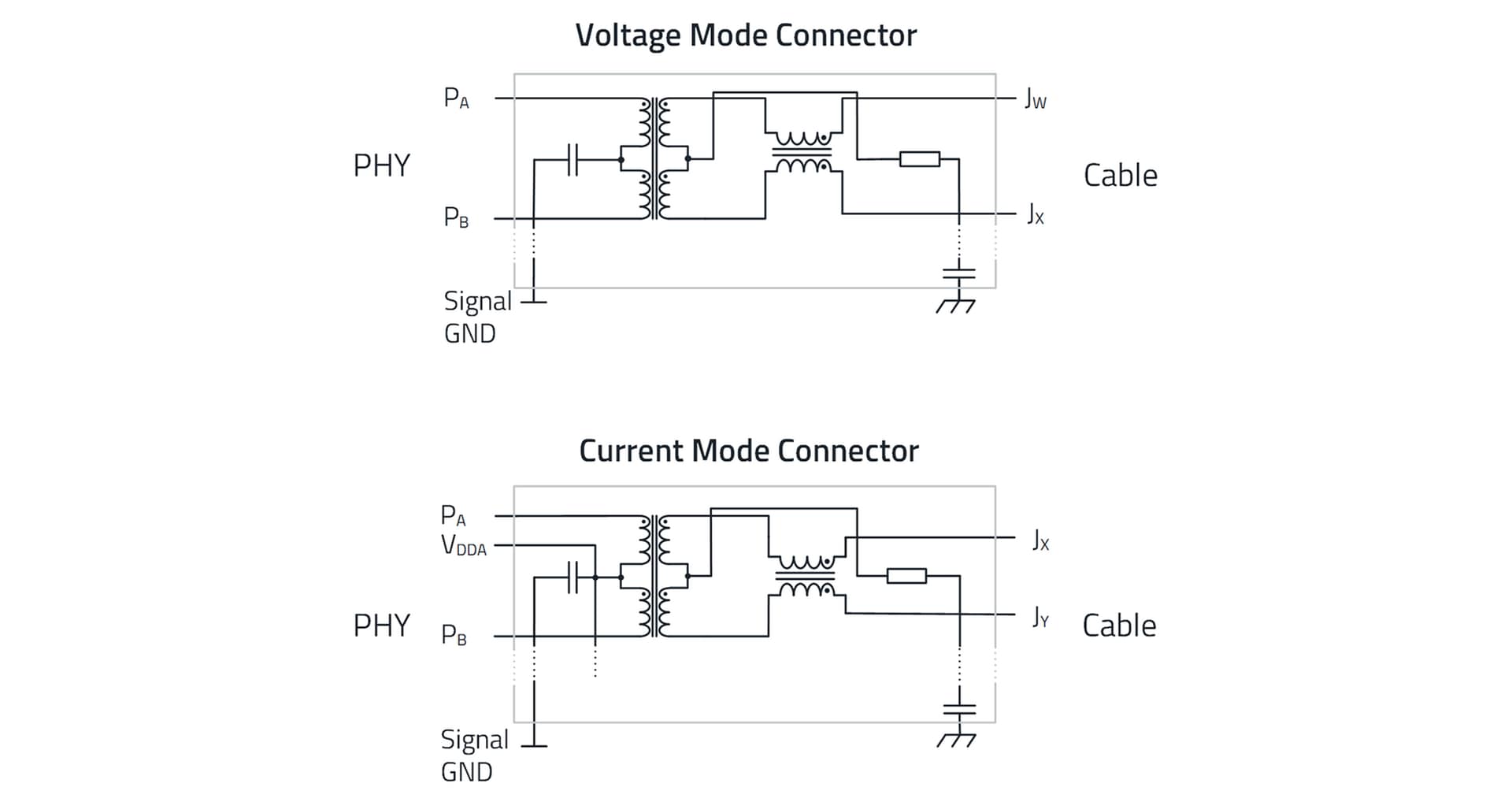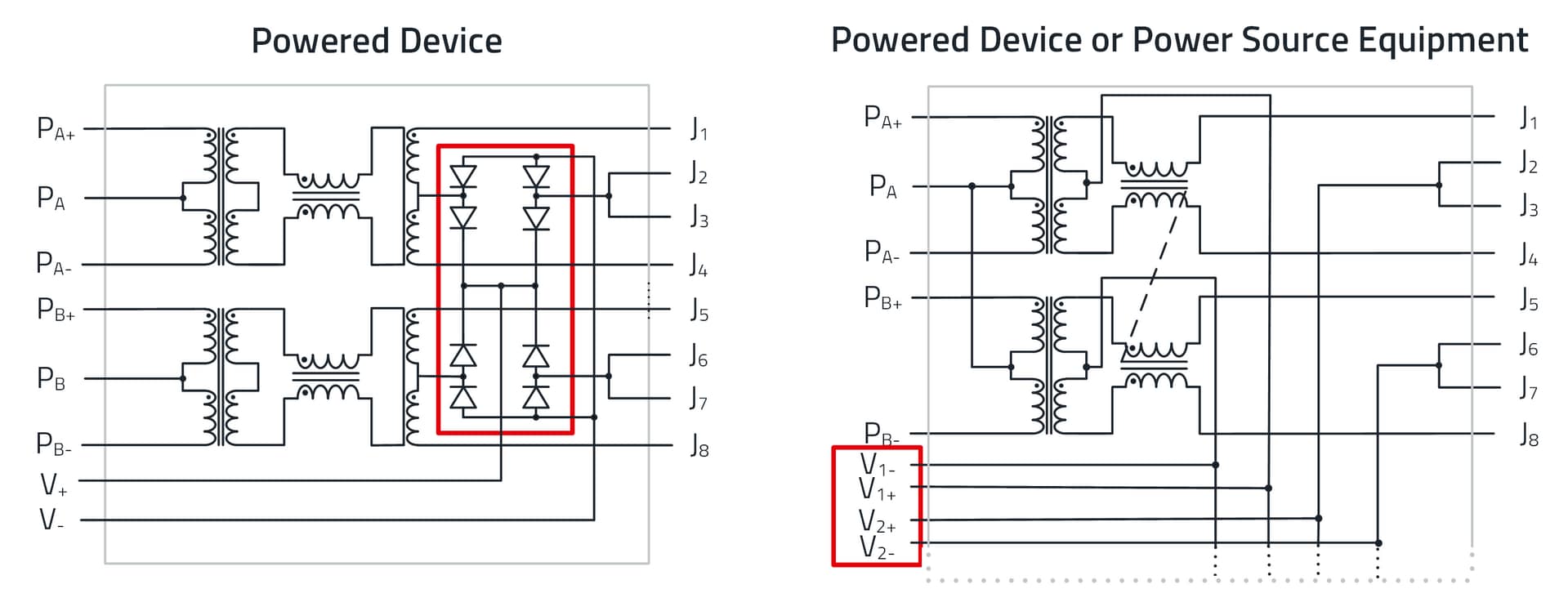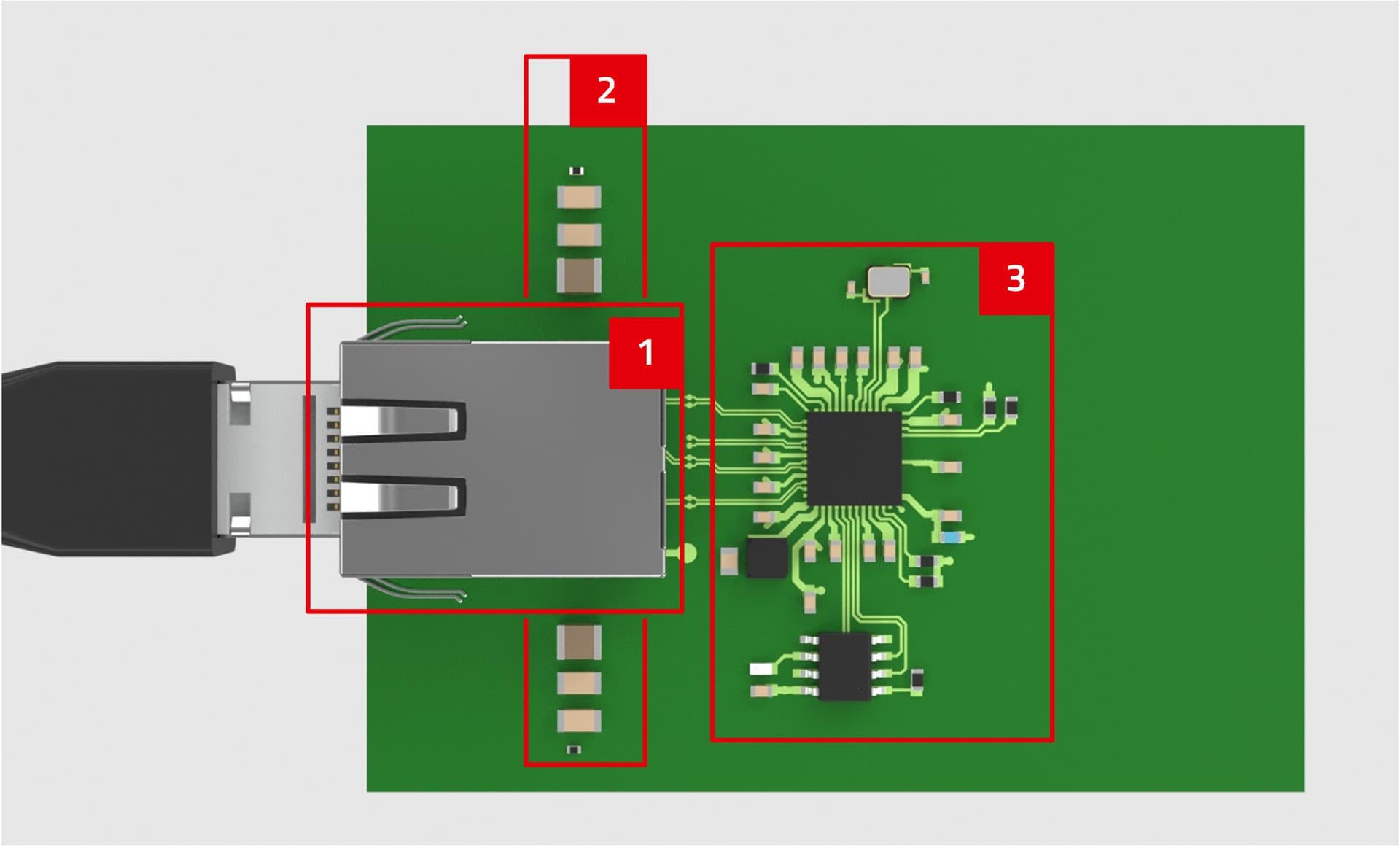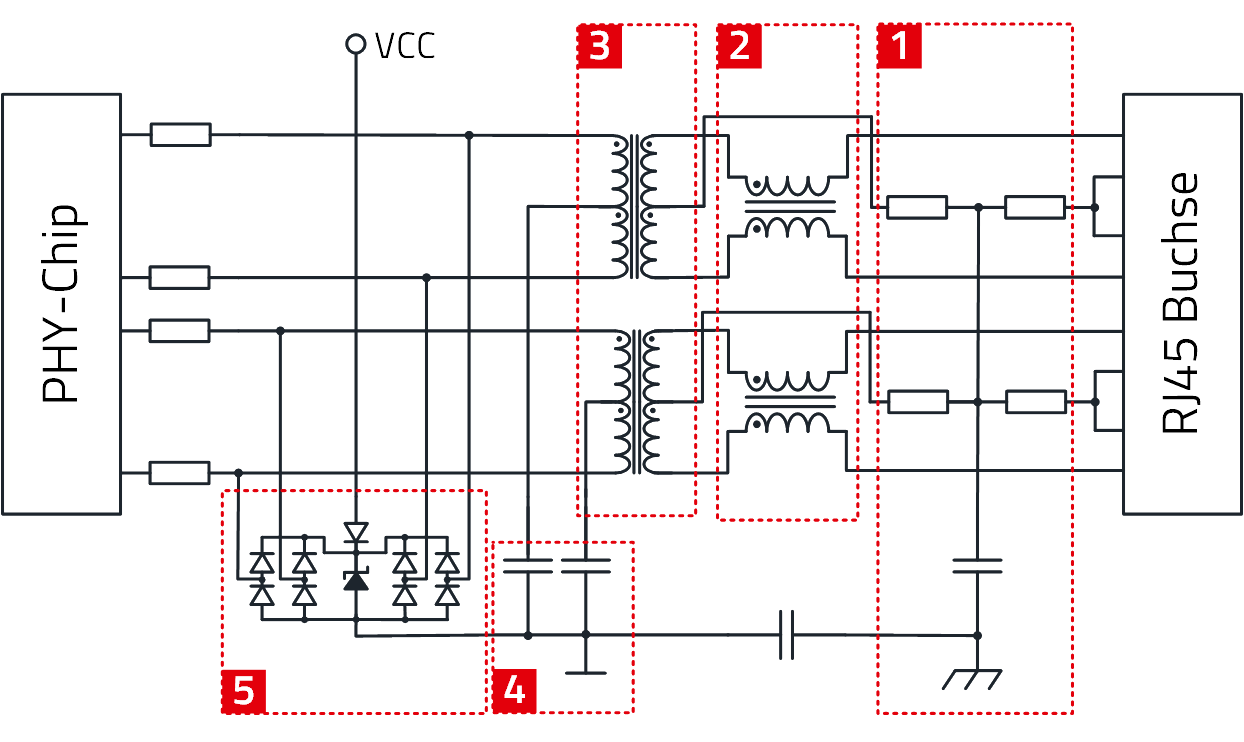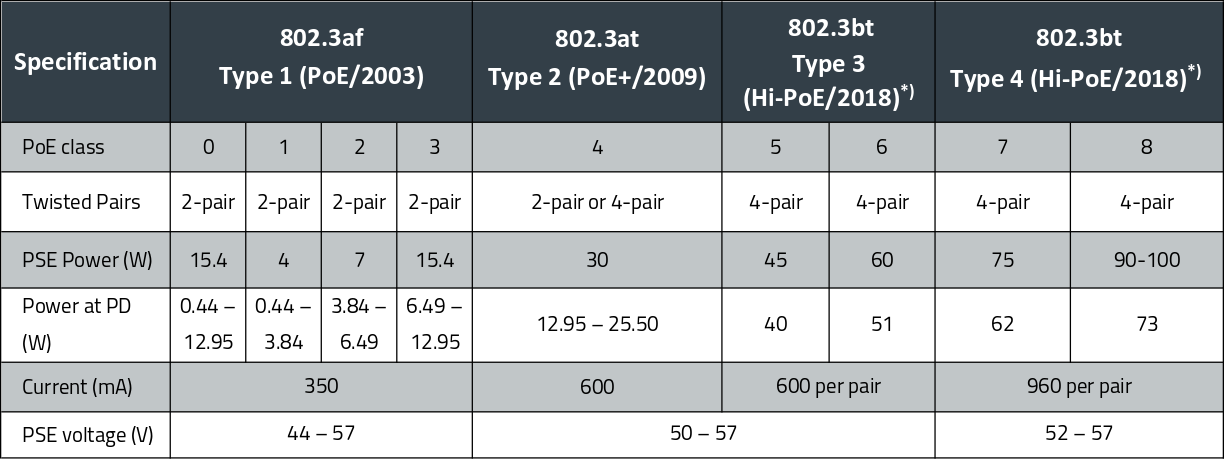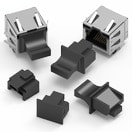Characteristics
- RJ45 connector with integrated transformer & common mode choke
- 10G Base-T
- PoE(+) over 4 pairs
- Compliant with IEEE standards: 802.3af, 802.3at, 802.3an and 802.3bt
- Suitable for industrial temperatures: -40°C up to +85°C
Applications
- Office and factory access points
- Gateways
- Servers
- High-speed routers and switches
- HDBaseT applications
Application Notes
Products
| Order Code | Datasheet | Simulation | Downloads | Status | Data rate | PoE | Ports | Tab | Improved CMRR | Operating Temperature | LED | PHY Chip Mode | Mount | USB | Shield Tabs | Design Kit | Samples | |
|---|---|---|---|---|---|---|---|---|---|---|---|---|---|---|---|---|---|---|
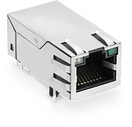 | 7499611421 | SPEC | 7 files | Active i| Production is active. Expected lifetime: >10 years. | 10GBASE-T | non-PoE | 1 | Up | No | 0 °C up to +70 °C | yellow/green-green | current & voltage | THT | No | Yes | 749945 | ||
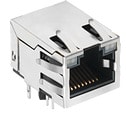 | 7499611420 | SPEC | 8 files | Active i| Production is active. Expected lifetime: >10 years. | 10GBASE-T | non-PoE | 1x1 | Up | No | -40 °C up to +85 °C | yellow/green-green | current & voltage | THT | No | Yes | – | ||
 | 7499711421 | SPEC | 7 files | Active i| Production is active. Expected lifetime: >10 years. | 10GBASE-T | PoE | 1 | Up | No | -40 °C up to +85 °C | yellow/green-green | current & voltage | THT | No | Yes | – | ||
 | 7499811420 | SPEC | 7 files | Active i| Production is active. Expected lifetime: >10 years. | 10GBASE-T | PoE+ | 1 | Up | No | -40 °C up to +85 °C | yellow/green-green | current & voltage | THT | No | Yes | – | ||
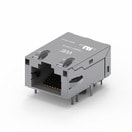 | 7499611422 | SPEC | 7 files | Active i| Production is active. Expected lifetime: >10 years. | 10GBASE-T | non-PoE | 1 | Down | No | -40 °C up to +85 °C | yellow/green-green | current & voltage | THT | No | Yes | – | ||
 | 7499611423 | SPEC | 7 files | Active i| Production is active. Expected lifetime: >10 years. | 10GBASE-T | non-PoE | 1 | Down | No | -40 °C up to +85 °C | yellow/green-green | current & voltage | THT | No | Yes | – | ||
 | 7499611424 | SPEC | 7 files | Active i| Production is active. Expected lifetime: >10 years. | 10GBASE-T | non-PoE | 1 | Up | No | -40 °C up to +85 °C | yellow/green-green | current & voltage | THT | No | Yes | – | ||
 | 7499811120 | SPEC | 7 files | Active i| Production is active. Expected lifetime: >10 years. | 10GBASE-T | 4PPoE | 1 | Down | No | -40 °C up to +85 °C | yellow-green | current & voltage | THT | No | Yes | – |
| Order Code | Datasheet | Simulation | |
|---|---|---|---|
 | 7499611421 | SPEC | |
 | 7499611420 | SPEC | |
 | 7499711421 | SPEC | |
 | 7499811420 | SPEC | |
 | 7499611422 | SPEC | |
 | 7499611423 | SPEC | |
 | 7499611424 | SPEC | |
 | 7499811120 | SPEC |
| Samples |
|---|
| Order Code | Datasheet | Simulation | Downloads | Status | Data rate | PoE | Ports | Tab | Improved CMRR | Operating Temperature | LED | PHY Chip Mode | Mount | USB | Shield Tabs | Design Kit | Samples |
|---|
WE-RJ45 LAN
WE-RJ45 LAN
The RJ45 connector with magnetics can be quickly and easily implemented in an ethernet interface, with the integrated transformer and filter design ensuring compliance to IEEE 802.3 and IEC 62368-1 (old: IEC 60950-1) standards. For valuable board space savings, the design is 50% more compact than a discrete magnetics solution.
The filter design consists of a transformer, at least one common mode choke per channel and Bob Smith termination. Components with additional common mode chokes are available for even better common mode rejection.
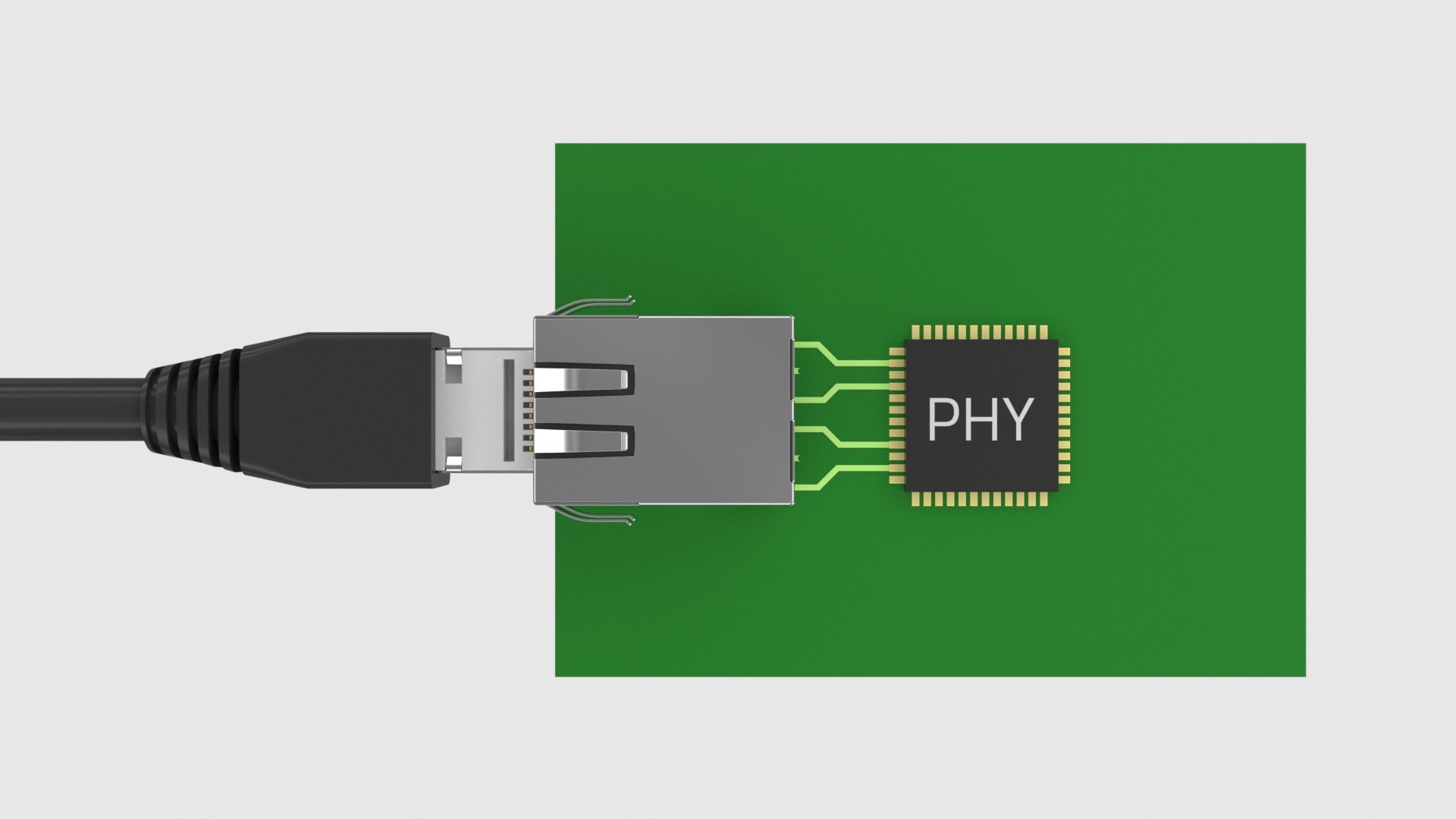
Technical Details:
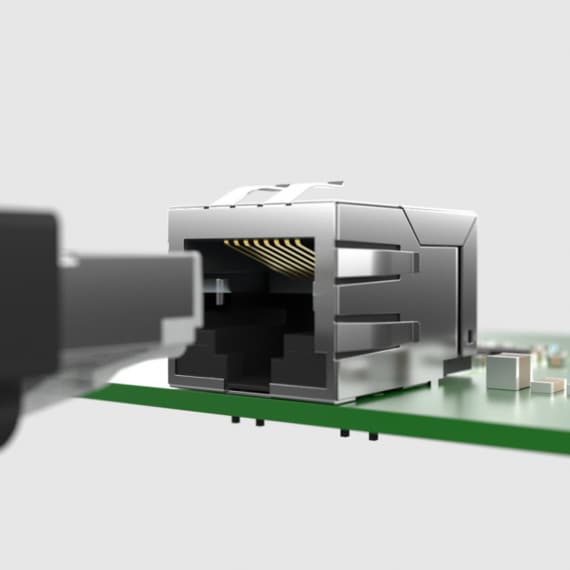
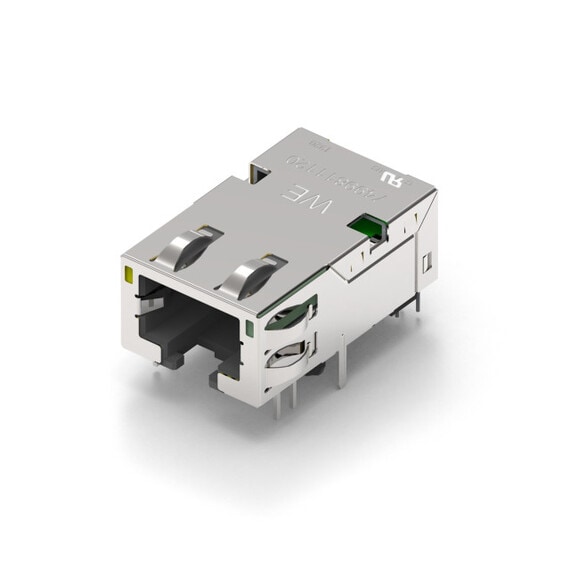
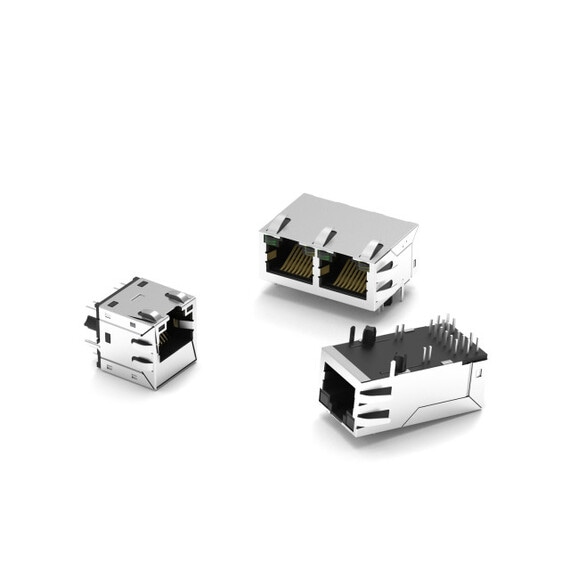
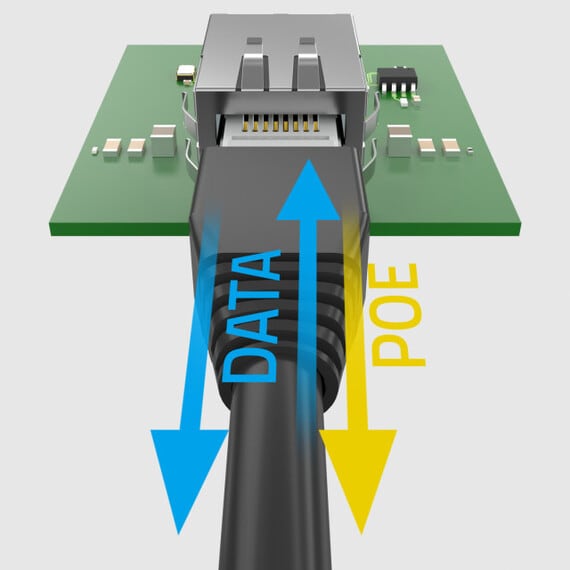
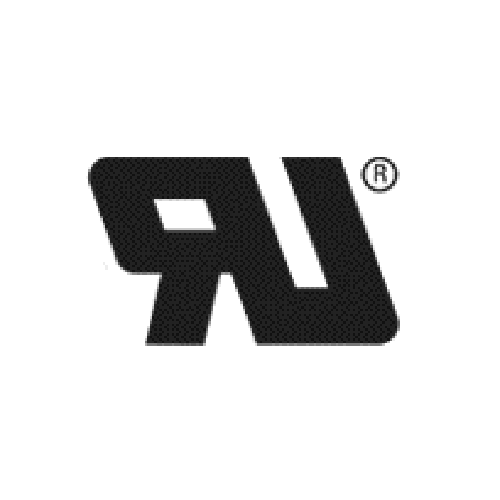
Still questions about the application?
![Abbildung 7_en Abbildung 7_en]()
The data sheet of the PHY indicates whether it is current or voltage controlled, which is an important criterion for selecting the transformer jack.
For a voltage controlled PHY, the LAN transformer is wired directly to the terminals of the PHY chip. The current mode PHY has a VDDA pin for power supply, the voltage mode PHY has no VDDA pin. Therefore the current in current mode PHYs flows via the LAN transformer pins.
Looking for the right jack for your interface? With REDEXPERT, our precise simulation platform, you can find it quickly and easily.
![Abbildung 8_en Abbildung 8_en]()
In addition to data transmission, PoE also realizes the power supply via the Ethernet interface, which means that no additional power supply cable is required. According to the IEEE 802.3 standard, the energy supplier is called Power Source Equipment (PSE) and the consumer Powered Device (PD).
To avoid incorrect polarity (reverse polarity) on the part of the PD, a diode bridge is necessary. Würth Elektronik offers components that already contain this (left) or that have connections that enable an external connection (right).
REDEXPERT allows to filter the RJ45 LAN jacks with magnetics according to the application on the side of the PD or the PD and the PSE.
![Abbildung 9 Abbildung 9]()
1 WE-RJ45 LAN Connector with Magnetics: This is a ready-made module in which the Ethernet jack, the transformer and the Bob Smith termination are integrated. This provides the safety-relevant galvanic isolation as well as impedance matching and protects against transient interference and common mode noise.
2 Shield connection: For plastic housings, the capacitors are used to connect the Ethernet jack shield and thus the cable shield to the board ground (GND). For metal housings, it is recommended not to assemble the capacitors, but to connect the GND directly to the housing via screw connection.
3 Controller: Two TVS diode arrays are used to limit the interface-side transient noise to the PHY against GND. An EEPROM is connected to the controller for the on-board software and the signal section is clocked with a 25 MHz crystal.
More information about the circuit design and layout can be found in our reference design Gigabit-Ethernet Front-End.
![cm-we-rj45-interface-de cm-we-rj45-interface-de]()
1. Bob Smith Termination: To reduce common mode current and susceptibility to interference from unused wire pairs on the RJ45 connector
2. Common Mode Chokes: Improve EMC by attenuating common-mode interference
3. Signal Transformer: Provides galvanic isolation between PHY chip and RJ45 jack, protects against transients, and matches the impedance to the internal logic and to balanced wire pairs
4. MLCC Capacitors: Contribute to common mode rejection by RF-connecting the center taps of the transformers to ground (GND)
5. TVS-Dioden-Array: Limits interface transients to the PHY against GND.
Part 1, 2, 3 and 4 are already integrated in the WE-RJ45 LAN connector with magnetics. More information on the Ethernet interface can be found in our Application Guide.
Assortments
Articles from this product series can be found in the following assortments:
